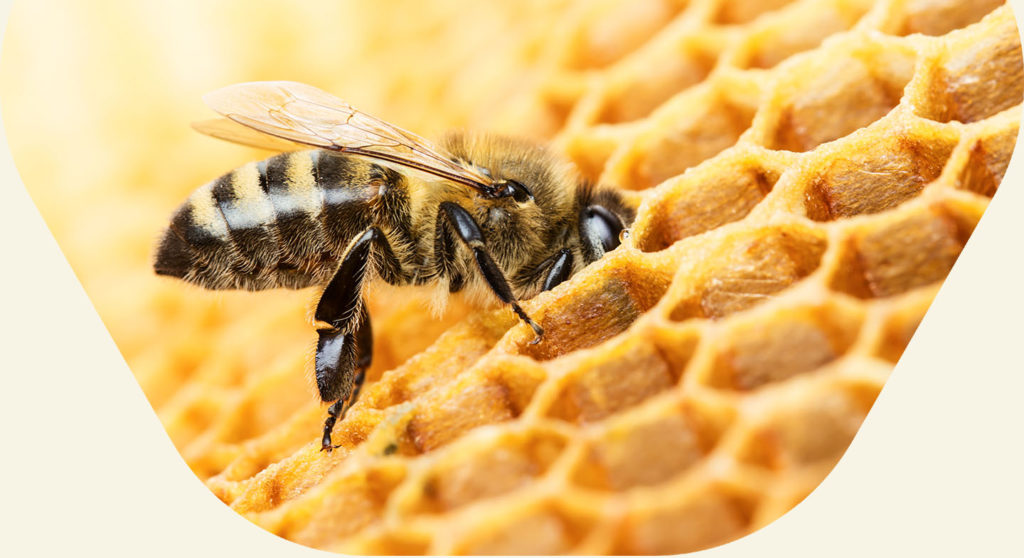API of the Month
Mathieu Domecq
Editor-in-chief of the API blog of the month
Professional beekeepers have finished their season while amateurs are sometimes a little behind on the harvest and above all on the treatment of Varroa. In this article, together, we will look at the month’s work to be planned before focusing on the bees’ fascinating skills.
Did you know that to produce 1 kilo of honey, bees visit 3 to 10 million flowers and cover no less than 60,000 km (i.e. 1.5 times around the world) in 10,000 working hours. Would we be able to do the same?

This month’s work
This month beekeepers will start monitoring their beehives. It’s hard to believe that winter is approaching, but the end of the season is just around the corner for bees. Here’s a summary of the beekeeping work for September:
– Do a check-up visit: This visit involves taking an inventory of the hive, i.e. looking at the brood population and the stock of honey and pollen. If the brood does not seem to be developed enough, then it needs to be boosted with protein candy. This source will make it easier for the hive to produce royal jelly, used for breeding winter bees (which have a much longer lifespan than summer bees). The brood should ideally be on 5-6 frames; the rest of the shelves should be filled with honey and pollen from several flowers (several colours) to limit food deficiencies. The honey reserves should be replaced by adding Apiinvert syrup; a 2.5 kg bag should suffice.
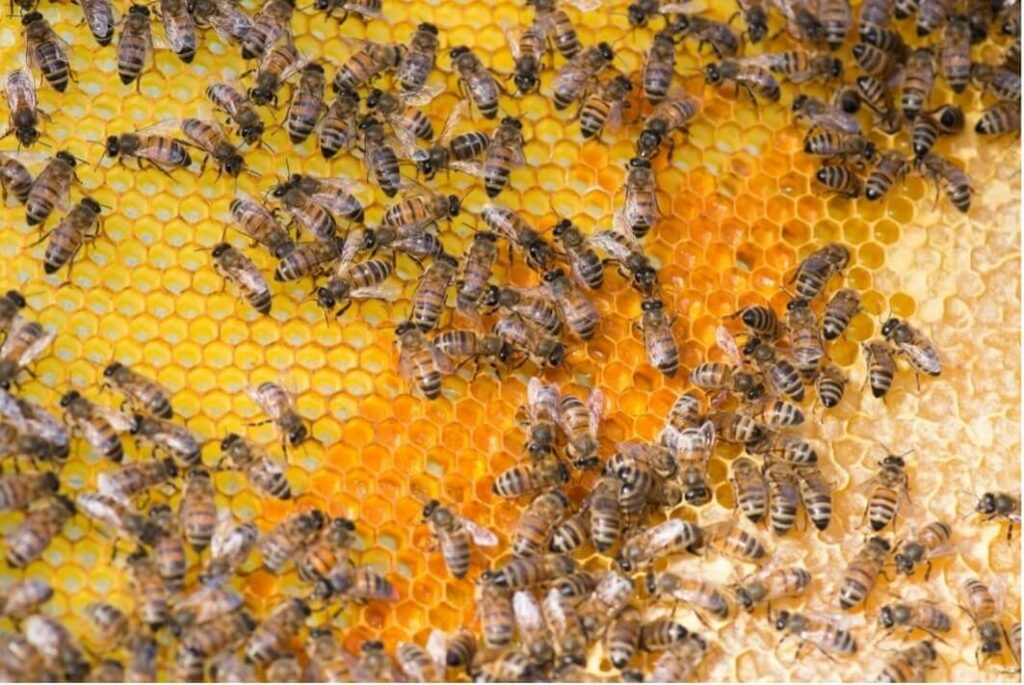
As a reminder, hopefully, you will have remembered to carry out your Varroa treatment quickly to avoid its proliferation and the impact on your hive. Very often, the weaker colonies are lost in October or November, while the strongest will die in February. Mortality is part of everyday life for beekeepers. Today, we have reached a national rate of 30%
loss (of course, Varroa is not responsible for all of these losses because there is also the lack of food or the difficulty in obtaining supplies in winter, draughts, humidity… in short, climate change).
– Preparing the hive for winter: Preparing your beehive means shrinking the space inside if necessary, by positioning an insulating partition. If in the following weeks, the colony is unable to stock up despite the feed, then remove one or two frames and replace them with a partition. The colony will be pushed to one side so that it is concentrated in a single area. Having a very large hive with lots of emerging brood (6 to 7 frames) at this time of year is not reassuring for the beekeeper. They will need to be vigilant about the reserves, which are likely to fall very quickly (in fact, all these bees will feed but the reserves will probably be insufficient to get them through the winter).
You can also lower the entrance doors to prevent any intrusions (hornets, mice, etc.). It is also advisable to have insulating foam in the roof to regulate the temperature.
– Watch out for hornets: keep trapping! Like every summer, hornets come to feed from our hives. Hornets hover in front of the hives, in the search of protein to prepare for the fertilisation period (September-October). Both Asian and European hornets are harmful to colonies. So place traps nearby, and place muzzles on the front of the beehives if necessary.
How well do you really know bees?
We still have a lot to find out about bees. Here are some surprising figures for this hymenopteran:
- The population of a beehive will increase from 10,000 bees in winter to over 60,000 bees in spring.
- A worker bee lives for about 6 months in winter compared to only 40 days in summer.
- A bee bats its wings around 200 times per second, primarily to cool the hive.
- It can fly up to 27 km per hour and travel around 800 km in its life.
- In summer, a colony is made up of around 10,000 foragers, each of which will make 10 to 30 outings a day. This amounts to a mileage of 100,000 km per day, to cover between 3 and 30 million flowers.
- A foraging flight lasts 15-30 minutes where the bee visits 30-300 flowers, which is a journey of about 1 km to harvest only 40 mg of nectar and about 20 mg of pollen.
- The bee weighs 100 mg and has the capacity to carry a 70 mg load.
- A bee will only produce one teaspoon of honey throughout its life.
- A very strong colony can produce over 100 kg of honey a year and 50 kg of pollen, much of which is consumed by the colony itself in the hive body.
- To produce honey, bees need 6 times more energy than to produce wax, and one kilogram of wax will require 10 kilograms of honey and one kilogram of pollen.
- In the presence of brood, a colony can consume up to 2 litres of water per day to create the honey and pollen-based larval slurry.
- A colony releases approximately 40 kg of carbonic CO2 per year.
- The temperature of a beehive is kept at 35 degrees all year round to preserve the brood.
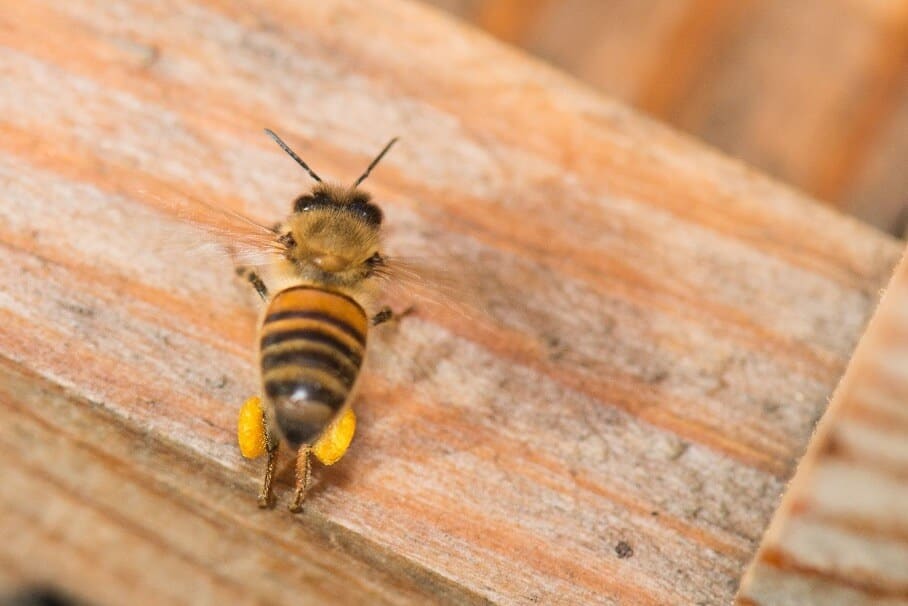
All these figures lead us to surprising results and an oversized work capacity, which is not without consequence. The activity of a beehive requires harvesting propolis, nectar and above all pollen, which is the basis of their diet. In total, all these products represent 240 kg per year!
Royal jelly is the gold of the hive. It takes no less than 20 nurse bees to fill a single royal cell during production. During the year, this production of royal jelly will be around 300 g to a maximum of 1 kg.
With all this consumption, the bees of course produce excrement, which represents 25 kg of dead bees and 40 kg of excrement from feeding.
Varroa: impact on colonies’ thermoregulation
According to researchers from the University of Udine (Italy), the Varroa mite has an impact on the thermoregulation of bee colonies.
The results show that bees infected with Varroa are much less able to effectively thermoregulate their temperature, in response to suboptimal temperature exposure. The research suggests that infested bees may not have sufficient access to the nutrients needed for thermoregulation. An untreated colony or a colony that has received only one treatment for Varroa has much more difficulty in heating the hive than a colony that has undergone several treatments.
Does this research tell us that more treatment needs to be planned? Or do you need to implement other means to artificially heat the hive?
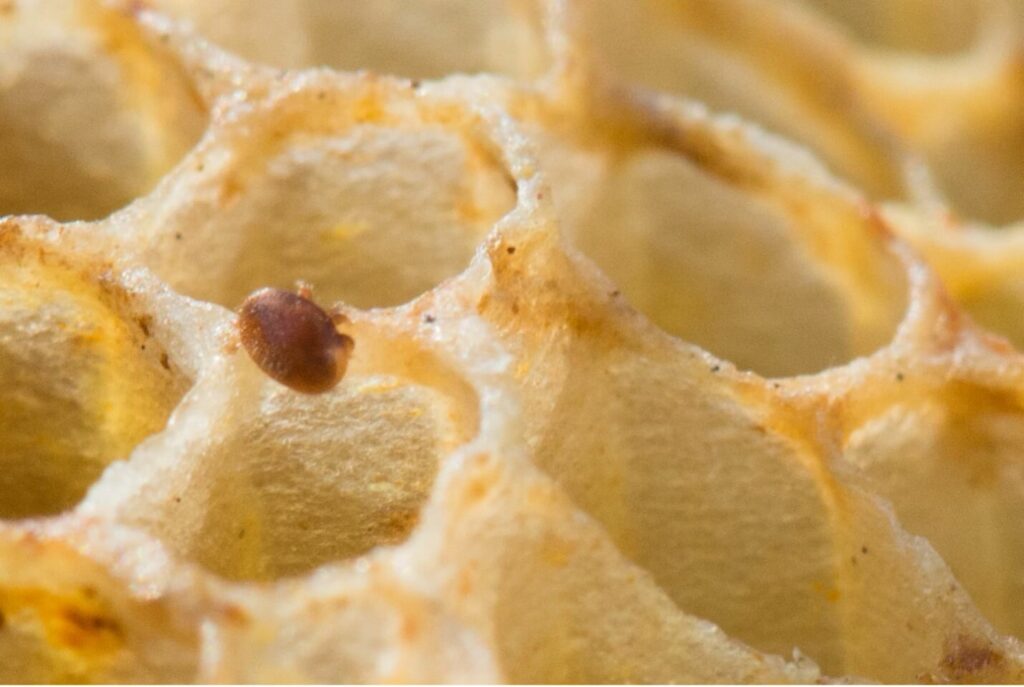
As usual, share your photos with us. They will be posted on our website from social media using the hashtag: #apifonda #apiinvert!
We will be back next month on your API blog with your faithful partner, Les Ruchers De Mathieu!
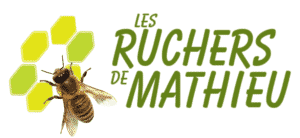
LES RUCHERS DE MATHIEU
Honey & Beekeeping Shop
Photos ©lesruchersdemathieu
